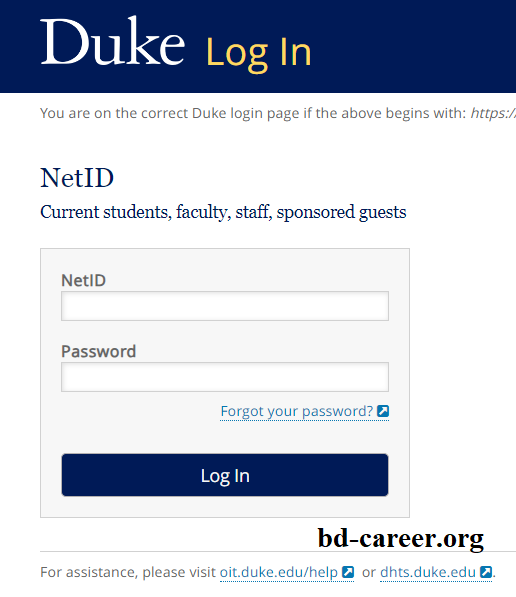Cheat Sheet Robert's Rules Of Order

Robert's Rules of Order is a widely used manual of parliamentary procedure that governs the conduct of meetings and organizations. Developed by Henry Martyn Robert in 1876, the rules provide a standardized framework for facilitating discussions, making decisions, and maintaining order in a fair and efficient manner. With its comprehensive guidelines, Robert's Rules of Order has become an essential tool for organizations, committees, and boards seeking to operate in a structured and respectful environment.
Introduction to Robert’s Rules of Order

The rules are designed to be flexible and adaptable to various types of organizations, from small clubs to large corporations. The core principles of Robert’s Rules of Order emphasize the importance of fairness, equality, and respect among members. By understanding and applying these rules, organizations can ensure that their meetings are productive, efficient, and conducted in a manner that respects the rights and opinions of all members.
Key Principles of Robert’s Rules of Order
At the heart of Robert’s Rules of Order are several key principles that guide the conduct of meetings and decision-making processes. These principles include:
- Majority Rule: Decisions are made by a majority vote, unless otherwise specified.
- Equality of Members: All members have an equal right to participate in discussions and vote on decisions.
- Respect for the Chair: The chairperson is responsible for maintaining order and facilitating the meeting, and members are expected to respect their authority.
- Right to Appeal: Members have the right to appeal decisions made by the chair or the organization.
Basic Parliamentary Procedures

Robert’s Rules of Order outline specific procedures for conducting meetings, including:
Motions
A motion is a proposal made by a member to take a specific action or make a decision. There are several types of motions, including:
- Main Motion: A proposal to take action or make a decision.
- Secondary Motion: A proposal that relates to a main motion, such as an amendment or a substitute motion.
- Incidental Motion: A proposal that relates to the conduct of the meeting, such as a motion to adjourn or a motion to table.
Voting
Robert’s Rules of Order provide guidelines for voting on motions, including:
- Voice Vote: A vote taken by voice, where members say “aye” or “no” to indicate their decision.
- Roll Call Vote: A vote taken by roll call, where each member’s vote is recorded.
- Ballot Vote: A vote taken by secret ballot.
Agenda
An agenda is a list of items to be discussed or acted upon during a meeting. Robert’s Rules of Order provide guidelines for creating and following an agenda, including:
- Setting the Agenda: The chair or a designated committee sets the agenda for the meeting.
- Following the Agenda: The meeting follows the agenda, with each item being discussed and acted upon in turn.
Key Points
- Robert's Rules of Order provide a standardized framework for conducting meetings and decision-making processes.
- The rules emphasize the importance of fairness, equality, and respect among members.
- Key principles include majority rule, equality of members, respect for the chair, and the right to appeal.
- Basic parliamentary procedures include motions, voting, and agendas.
- Understanding and applying Robert's Rules of Order can help organizations operate in a structured and respectful environment.
Common Motions and Procedures
Robert’s Rules of Order include a range of motions and procedures that can be used to facilitate discussions and decision-making. Some common motions and procedures include:
Motion to Amend
A motion to amend is a proposal to modify a main motion. The motion to amend must be germane to the main motion and must be voted on before the main motion is put to a vote.
Motion to Postpone
A motion to postpone is a proposal to delay consideration of a main motion. The motion to postpone can be made at any time and must be voted on before the main motion is put to a vote.
Motion to Table
A motion to table is a proposal to set aside a main motion for future consideration. The motion to table can be made at any time and must be voted on before the main motion is put to a vote.
Point of Order
A point of order is a motion that questions the legitimacy or propriety of a proceeding. The point of order must be made at the time of the alleged error and must be ruled on by the chair.
| Motion | Purpose |
|---|---|
| Motion to Amend | To modify a main motion |
| Motion to Postpone | To delay consideration of a main motion |
| Motion to Table | To set aside a main motion for future consideration |
| Point of Order | To question the legitimacy or propriety of a proceeding |

Frequently Asked Questions
What is the purpose of Robert’s Rules of Order?
+Robert’s Rules of Order provide a standardized framework for conducting meetings and decision-making processes in a fair and efficient manner.
What are the key principles of Robert’s Rules of Order?
+The key principles of Robert’s Rules of Order include majority rule, equality of members, respect for the chair, and the right to appeal.
What is a motion, and how is it used in Robert’s Rules of Order?
+A motion is a proposal made by a member to take a specific action or make a decision. Motions are used to facilitate discussions and decision-making in meetings.
Meta Description: Learn about Robert’s Rules of Order, a standardized framework for conducting meetings and decision-making processes in a fair and efficient manner. Understand the key principles, motions, and procedures that govern parliamentary procedure.



